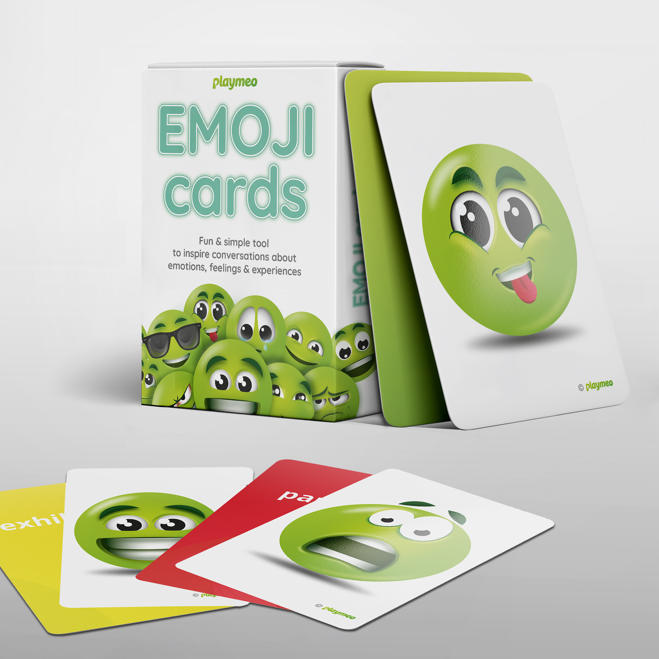This month, it is believed that close to half of all students in the United States will resume their schooling from a remote, home-based learning setting. Wow.
Even if you are adept at juggling the preparation and technical issues of this massive disruption, engaging your students with your content online is an entirely different kettle of fish. One of the most difficult transitions to make is facilitating online discussions.
Top Six Strategies for Effective Online Discussions
Presuming you do have your technology and curriculum challenges sorted, here are my top six tips for making your online discussions effective.
1. Set Your Intention
This is possibly one of the most useful strategies to keep your students engaged for long periods of time. Make it abundantly clear the purpose of the meeting/lesson/discussion and keep your word. One of the main reasons people complain about boring meetings is because they are poorly managed and often stray into areas outside the purpose of the gathering.
2. Establish Online Etiquette
This is a bit like common sense – online etiquette is not that common. It’s always a good idea to set and set remind your students what your expectations are in regards to their use of the technology. For example, keeping mute as the default setting, not eating in front of the camera, being on time, etc.
3. Make Time for Research
Your group discussions should never start with a discussion. If you begin by asking students to chat about a topic they know little about, you are setting them up for failure, not to mention risk any possibility of online interaction. Always invite your students to research or study the proposed topic in advance. Send them links to the content in advance, or direct them to where they may need to look to be introduced to the topic. Sure, some students will skip this step but most of them will prep in advance if they can see and feel the difference it makes when it comes to the actual discussion.
4. Keep Groups Small
We all know that sharing in small groups is easier than asking people (regardless of setting) to share in front of a large group. So, when preparing to discuss content, always break into smaller groups or breakout rooms. Most video conferencing apps easily allow for this these days.
5. Frequent Breaks
There’s a reason why TED Talks only run for a maximum of 20 minutes – research has been shown that adults can focus on just one thing for about 20 minutes. Naturally, attention spans are much shorter for young people, so you must break up your longer lessons into smaller chunks to wake-up and refresh your students when the content gets a bit dry or too long. To this end, playmeo is jam-packed with dozens of short, interactive and 100% fun-filled energisers and brain breaks that will not only refocus your students but invite them to move their bodies, interact and deepen their connections.
6. Facilitate & Don’t Teach
This is a pet-peeve of mine when I see teachers spoon-feed their students. In an age where the most frequent question in class is “Will this be on the test?” I urge you to ask well-timed questions and step-back, allowing your class to explore the topic themselves. One of the primary reasons some teachers ‘hear crickets’ in the background when they ask questions is because the students know that if they wait long enough, they’ll be given the answer. Sure, there are times when you have to be more didactic with certain parts of your content, but not all of it. Ask questions that start with Why and How to explore a deeper understanding.
Help If You Need It
![]() If you need help transitioning to the virtual, remote learning world, please reach out to us. Our brand new Classroom Connect package is designed exclusively to assist teachers to prepare and deliver a variety of ‘back to school’ curricula with a focus on finding joy and getting the support they need at this time.
If you need help transitioning to the virtual, remote learning world, please reach out to us. Our brand new Classroom Connect package is designed exclusively to assist teachers to prepare and deliver a variety of ‘back to school’ curricula with a focus on finding joy and getting the support they need at this time.
No Comments

No Props No Problem
Best-selling book featuring 150+ fun group games & activities. Scan QR codes to access digital content including videos.

NEW – EMOJI Cards
Brand new deck of cards featuring emoji images to help you inspire conversations about emotions, feelings & experiences.
Top Ten Icebreakers & Group Games
Download our free 28-page ebook jam-packed with outrageously fun activity ideas.
Just one more question:
I am interested in…
6 Tips for Making Online Discussions Effective
Share this with friends and colleagues.
Choose a plan that’s right for you
We offer a range of membership plans with no surprises.
Click an option below & discover our simple pricing.

Individual
Click here if you’re a:
- Teacher
- Corporate trainer
- Outdoor educator
- Camp leader
- Youth leader
- Conference organiser
- Therapist/counsellor
Membership Plans

Enterprise
Click here if you represent a:
- School
- Corporation
- Community-based Organisation
Explore plans for
10, 50, 200 or more
potential users
Membership Plans









Original post September 2020, last updated September 2020.